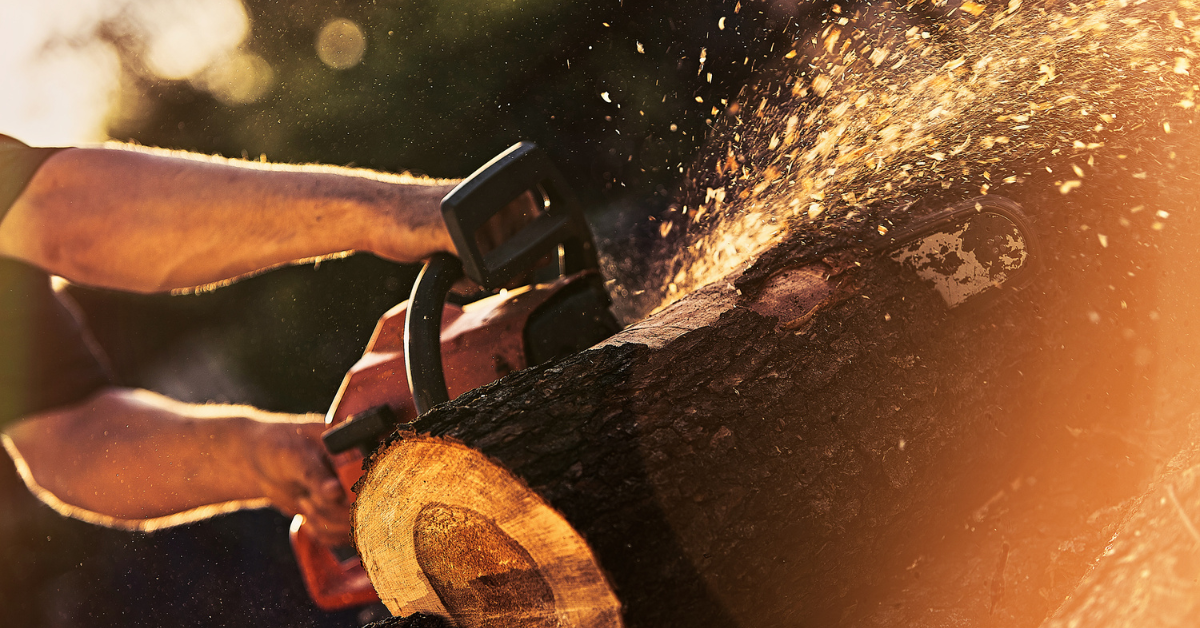“Chainsaw Man” has become a cultural sensation worldwide, but in Japan, it has sparked a nuanced mix of praise, concern, and deep reflection. This article explores how the series has been received domestically and why its impact is so culturally significant in its country of origin.
What Kind of Work Is Chainsaw Man?
Genre and Narrative Structure
“Chainsaw Man”, created by Tatsuki Fujimoto, is a manga that blends action, horror, and dark fantasy, while also delving deeply into modern social issues. The protagonist, Denji, is a boy living in extreme poverty who forms a contract with a devil to gain special powers and hunts devils. It’s not a simple tale of good versus evil, but a story that deals with “the essence of humanity” and “distortions in society”, earning it critical praise.
| Feature | Content |
|---|---|
| Protagonist’s Background | Poverty, loneliness, abuse, unstable work |
| Motivation | Deeply human desires like “eating” and “touch” |
| Antagonist Types | Government, devils, organizations, even humans |
| Plot Development | Unpredictable deaths, moral ambiguity, emotional shocks |
| Underlying Message | The value of life, relationships, and existence |
Unique Worldbuilding and Characterization
Characters in this series are deeply distinct, each with their own motives and philosophies. Especially Denji, Power, Aki, and Makima, are drawn as morally complex figures. Their emotional depth allows readers to connect strongly. The use of silence, pacing, and metaphor in their speech and behavior further enhances immersion.
| Character | Personality Traits | Represented Concept |
|---|---|---|
| Denji | Innocent, desire-driven | Powerlessness of youth |
| Power | Self-centered, pure | Instinct, loyalty |
| Aki | Dutiful, vengeful | Family love and sacrifice |
| Makima | Mysterious, controlling | Authority, bureaucracy |
| Reze | Dual-natured, tragic | Peace and violence |
Trends in Domestic Evaluation
Media and Critic Perspectives
Japanese media and cultural critics often regard “Chainsaw Man” as a boundary-breaking, bold title. It has been praised for its socially conscious themes, narrative unpredictability, and top-tier animation following the anime adaptation. However, its violent content has also drawn concern, with educational experts warning that it’s potentially too stimulating for younger viewers. Despite these criticisms, the series maintains strong support, especially from the youth demographic.
Reception by Demographics
| Demographic | Typical Reactions |
|---|---|
| Teens to 20s | Relatable, thrilling, strong affection for characters |
| 30s to 40s | Appreciate depth, but feel morally conflicted |
| Manga Enthusiasts | Praise artwork and structure, welcome genre disruption |
| General Audience | Mixed views on violence, some find it difficult to digest |
Cultural Context and Societal Influence
Connection with Social Issues
“Chainsaw Man” is more than fiction. It mirrors issues in modern Japanese society such as poverty, inequality, isolation, and bureaucratic rigidity. Through characters like Denji, it asks essential questions: What does it mean to work, to live, to connect? Many young readers feel this message resonates with their reality.
| Social Issue | Depicted Through |
|---|---|
| Poverty | Denji’s living conditions and obsession with food |
| Loneliness | Seen in Denji and Power’s bond |
| Bureaucracy | Public Safety’s hierarchy and rigid rules |
| Labor Value | Devil-hunting as life-risking gig work |
| Social Disparity | Contrast between elite and bottom-tier lives |
Media Mix and Popularity
The anime adaptation of Chainsaw Man made a significant cultural impact. High-quality animation by MAPPA, diverse ending themes, and strategic SNS promotion helped it explode in popularity. Additionally, real-world exhibitions, collaborations with cafes, merchandise, and immersive events have turned it into an experience-based phenomenon.
| Media Development | Description |
|---|---|
| TV Anime | MAPPA-produced, with different EDs every episode |
| Exhibitions | Original artwork, audio experiences |
| Merchandise | Apparel, stationery, beverage tie-ups |
| Cafe Events | Decor and menus themed around the series |
| SNS Campaigns | Fan art contests, retweet events |
Criticism and Divided Opinions
Reactions to Violent Imagery
One major point of debate is the frequent graphic violence. Some scenes are visually intense, involving dismemberment or explicit trauma. While these elements add realism and tension, they have been criticized as overly indulgent or disturbing.
| Controversial Element | Example |
|---|---|
| Physical Violence | Beheadings, organs flying |
| Sexual Undertones | Manipulative relationships (e.g., Makima) |
| Psychological Shock | Trauma, character deaths |
| Vulgar Dialogue | Crude expressions, dark humor |
| Moral Conflicts | Heroes lacking ethics, sacrificing others |
Emotional Depth and Storytelling
On the other hand, the emotional intensity and narrative structure have earned wide acclaim. The realistic depictions of loss, growth, and interpersonal bonds leave a lasting impression. Many readers report emotional reactions ranging from tears to chills, driven by unpredictability and empathetic writing.
Conclusion
In conclusion, “Chainsaw Man” is a bold, polarizing, and deeply impactful manga in Japan. While its aggressive style may divide opinions, that very nature is what makes it resonate so powerfully. Its artistic merit and relevance to modern issues place it in a league of its own.
With a second anime season, a movie in development, and international recognition, Chainsaw Man is expected to grow in acclaim and reinterpretation. Not just a hit, but a landmark work likely to be discussed and referenced for years to come.






